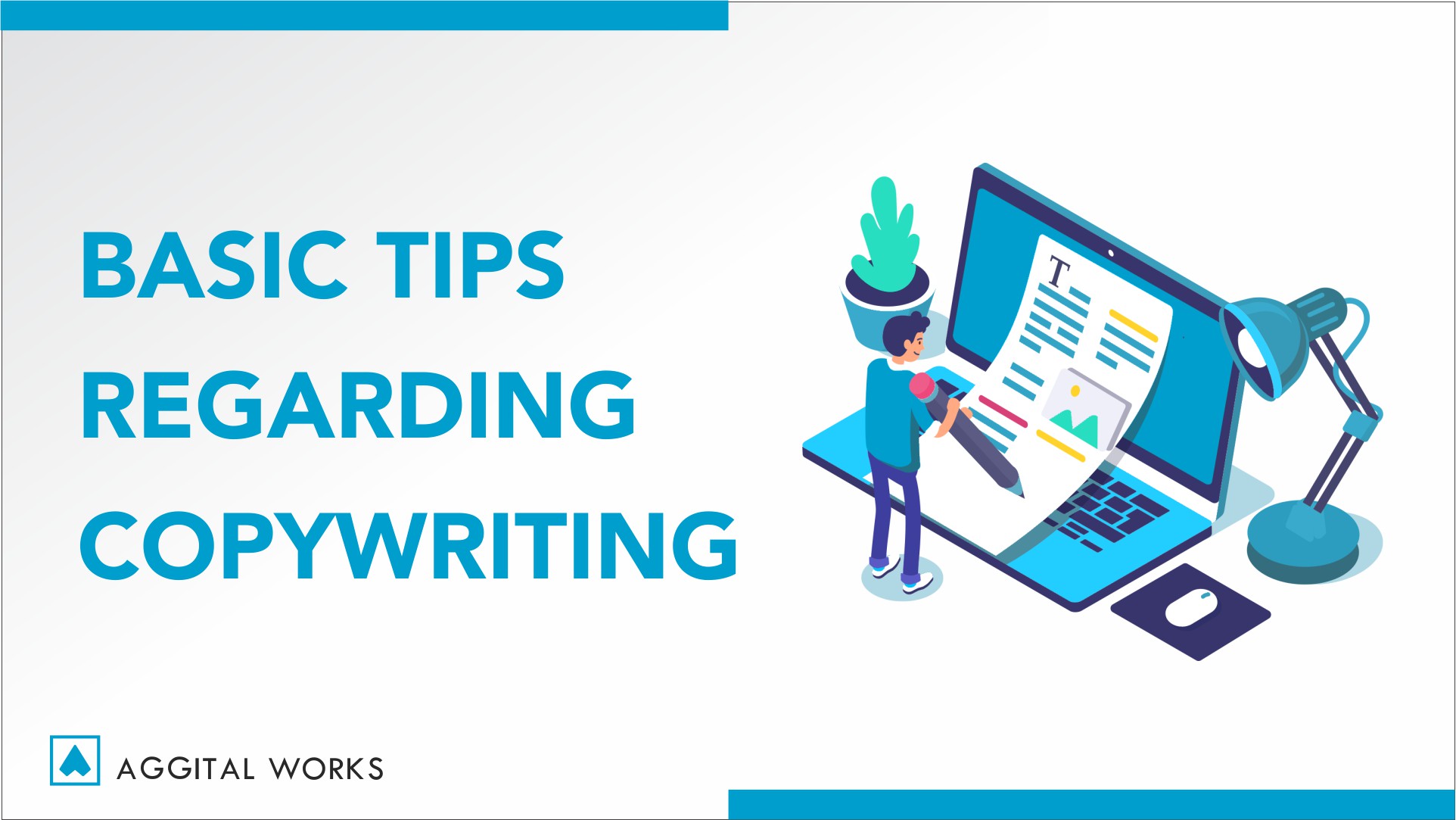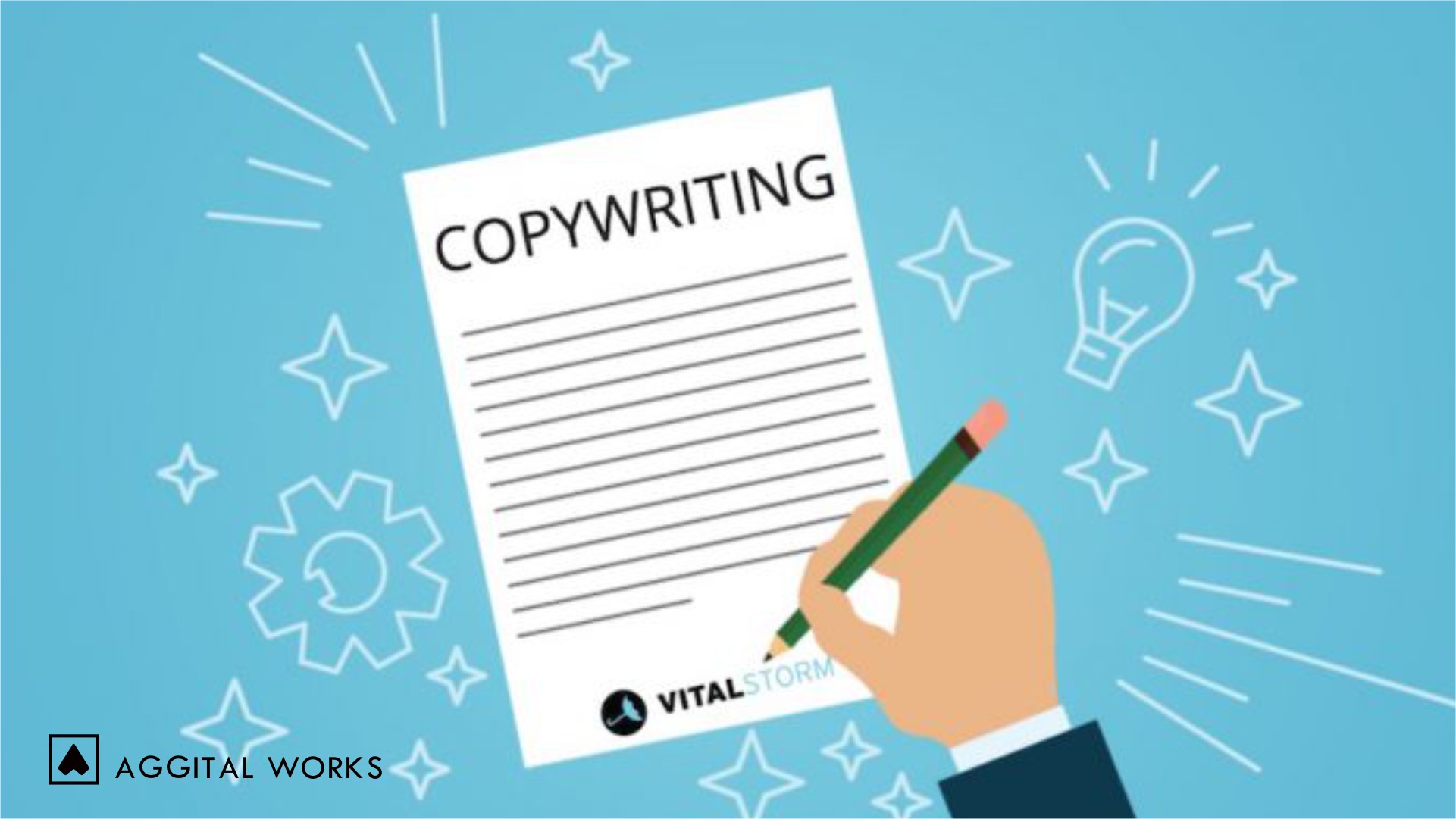Basic Tips Regarding Copywriting

Hello guys, how’s it going? I’m hopeful this meets you well. So today’s blog post is about Copywriting. It’s about dropping some nuggets on y’all as to the basics of Copywriting!
What is Copywriting you may ask! It is simply the art of creating brand awareness via a well-crated prose. Also, it connotes the art or science of articulating in print, texts with the intent to generate leads, sales, advertise or make strategic awareness to a target audience for a brand. Or as the savvy copywriter puts it, it is the art of closing in print! The job description of a copy is quite simple, it is generating conversation. This just denotes getting your target audience to take the desired action; action here means to purchase your service. However, whilst it is easy to know, it is not so easy getting the job done. One has to go through a series of training and constructive practices to become effective and proficient as a copywriter.
Copywriters typically work within an ad agency, or just independently as a freelancer. While the art director in an ad agency will deal with the visual aspects of a campaign, such as artwork, the copywriter focuses on the written copy. Also, copywriters create messages, catchphrases, slogans, and so on; for printed advertisements. In addition, they write copy for online advertising, radio advertising, and TV commercials.
Furthermore, writing a brilliant copy doesn’t need to beat a person over the head. It doesn’t have to be drowned in bold typeface and capitalization. The message should stand on its own without an overkill of heavy-handed sales language and design embellishments. Such sales letters are often associated with a writer who doesn’t truly understand the basic purpose of copywriting. However, successful copywriting can be achieved in some easy ways. One of which is the AIDA technique/formula by the ever-amazing E. St. Elmo Lewis, which became more popular by the copywriting guru, Gary Halbert.
Well, lets delve right into the technique already!
The AIDA Model (Copywriting)
So the development of the AIDA model/technique could be traced back to the amazing American advertising advocate, E. St. Elmo Lewis. He was an advertising advocate who wrote and spoke often about the potentials of an advert. In 1898, he originated and initiated the postulate, AIDA, which is an acronym for Attention, Interest, Desire, and Action. this just describes a series of stages customers go through or follow when making purchase decisions. for clarity, AIDA further means to make sales or generate leads, a salesperson or copywriter must; attract attention, maintain interest, create desire and compel needed action in the mind of his client(s) or customer(s).
Furthermore, Gary Halbert who was quite adept and influential in marketing; copywriting, sales letters, conversion, and so on, was a major proponent of the AIDA model and as a result, this made the model/technique popular, not only in the marketing sphere but across all spheres of business. He sort of refurbished it in one of his letters, the Boron Letters, his words in the letter read, “AIDA stand for ATTENTION, INTEREST, DESIRE, ACTION. So, to make it clearer your letter should: 1. First, get his attention 2. Second, get him interested 3. Third, make him desire what you are selling 4. Compel him to take whatever action is needed to get whatever it is you are selling.”
He wrote that within the confines of a prison. Yeah, he was imprisoned for tax fraud.
Anyway, let’s further explore the AIDA model for better clarity!

A – Attract Attention
For an advertising message to be displayed to a potential customer, the advertiser must foremost attract the attention of the target audience. The first phase of the AIDA model is to initiate the activation, perception, and emotional process. To this end, advertising works with various strategies that relate to the content of an advertising message, presentation, or placement.
As a rule, content that attracts attention usually contains new, contradictory, or provocative information:
I – Maintain Interest
After attracting a customer’s attention, the next step is to get them interested and sustain this interest. In this phase, products and brands are presented, their benefits are emphasized, usage scenarios are shown, and the various ways to purchase the product are introduced – in the best case, from the point of view of the customer.
The advertising goal of the second phase of the AIDA model is achieved when the customer starts engaging and is interested in the products or services that you’re offering. However, unlike during Lewis’ time, advertisers now have so many more possibilities to get the target group’s interest.
Advertisers will get especially far in the second phase of the AIDA model when they know what the target group is interested in, what’s important to them, what needs they have, and what problems they are providing solutions to. Modern web analysis tools provide online store operators with detailed information about users’ surfing behavior, enabling them to determine their current status regarding the different phases of the AIDA model or other marketing models – and then react appropriately.
For example, a potential customer, who continues to visit a website and reads up on the information about the battery life of Bluetooth headphones, is probably planning to get some in the near future.

D – Create Desire
In the third phase of the AIDA model, the consumer’s general interest develops into a concrete purchasing intent. This is the time to display the models you offer in your online store so that the customer can see what the different options are. Explain how your models are cheaper or look better than the competitor’s model.
In this phase, advertising measures offer information, which emphasizes the benefits of their own products and brands against competitors’ products. The aim is to make the target audience see the company in a positive light as well as its brands, products, and services.
A – Compel Action
If advertisers have succeeded in creating a demand for specific products or services for the target audience, this automatically leads to the final phase of the AIDA model, which is that the interested party should ultimately take the desired action of the brand, which in most cases is that they purchase the advertised product or use the offered service.
Advertising, which aims to initiate actions, should include a call-to-action. Examples of some classic calls to action are:
- Simply call for a free quote!
- Order Bluetooth headphones now!
Calls to action are sometimes accompanied by time constraints, which aim to put the potential buyer under pressure. This increases the chances of them making a purchase. Examples are:
- Bluetooth headphones – bargain price only available today.
- Order Bluetooth headphones online now and save 20%. Limited edition. For a short time only.
If you promise customers security or additional services, it may increase the probability of them making a purchase. a few examples are:
- Buy one get one free.
- Order a trial subscription.
- 10 % discount on your first purchase.
Conclusively, the above technique, formula, or model is applicable to Copywriting. Point of fact, the great Gary Halbert, who I call the Albert Einstein of Copywriting integrated it as one of his tools as to writing copy. So yeah, there you have it. If you are looking to get on the Copywriting train, the above is one model to integrate. It sure will help put gas in your Copywriting journey as well.
Anyway, if you are looking to get a top-notch website design company, do click on here!
For more reads, click on here!





Great post
Many thanks Victoria.